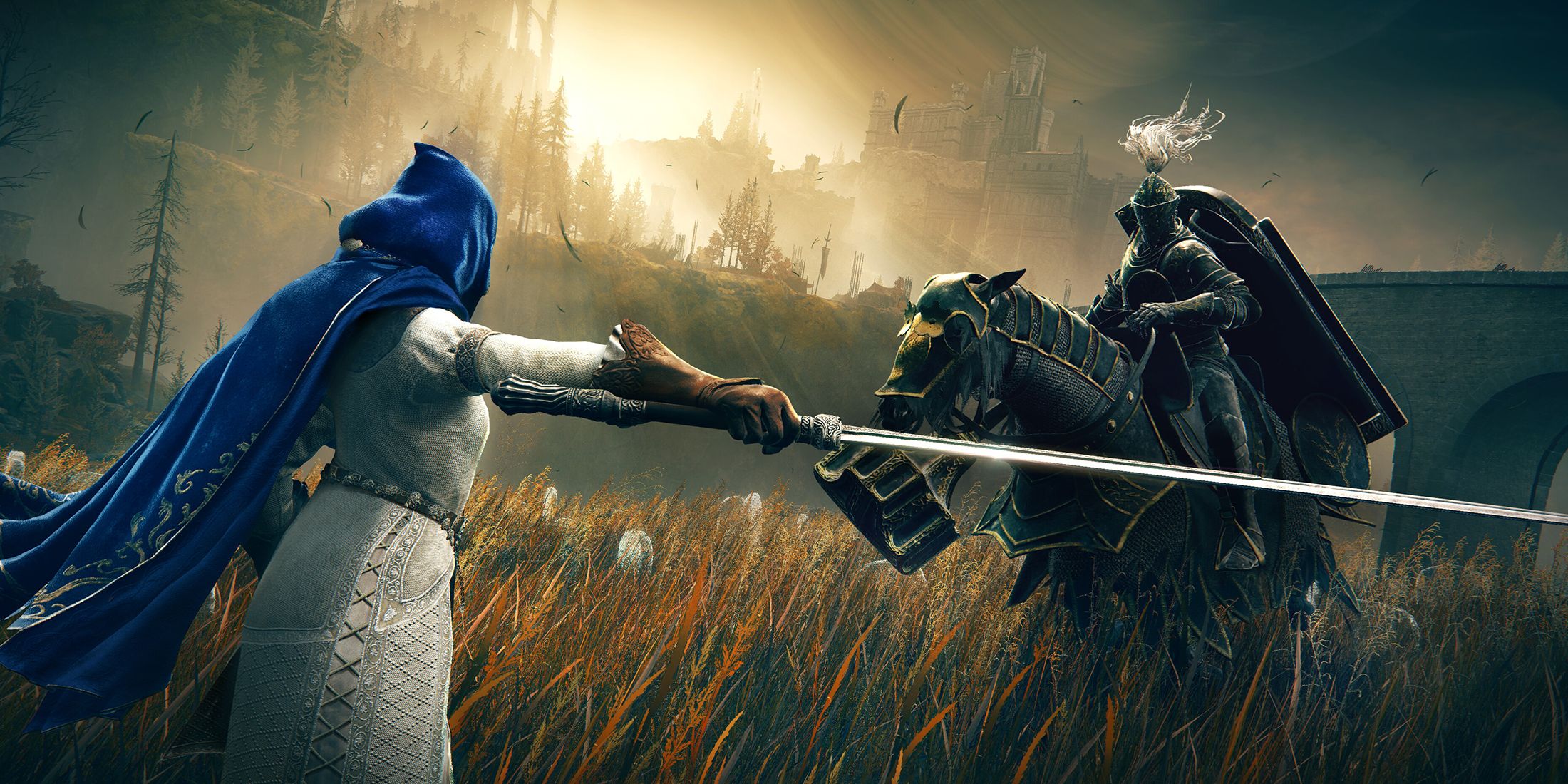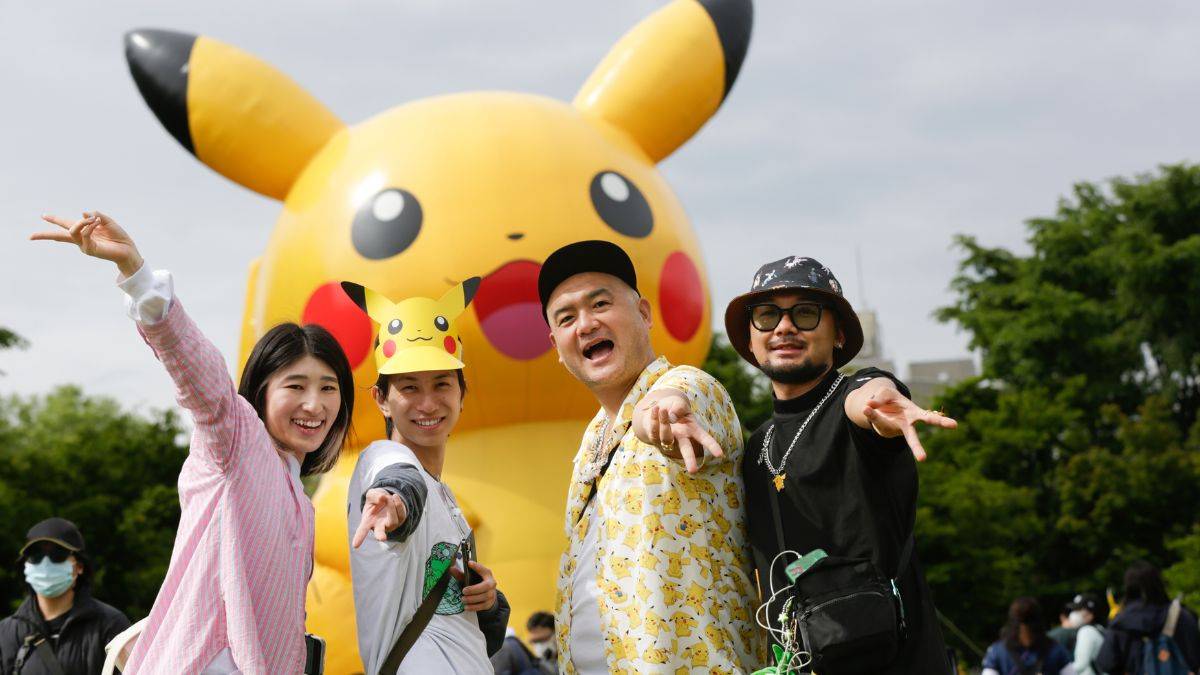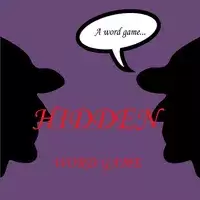Monster Hunter: A Global Gaming Phenomenon
In the lead-up to its global launch, Monster Hunter Wilds shattered pre-order records on both Steam and PlayStation, following in the footsteps of its highly acclaimed predecessors, Monster Hunter Rise (2022) and Monster Hunter: World (2018). These remarkable sales figures have solidified Capcom's unique RPG series as one of the world's largest video game franchises. However, this wasn't always the case. Just a few years ago, the notion of a Monster Hunter game achieving such widespread global acclaim would have seemed unlikely. When the original game debuted in 2004, it received mixed reviews. It wasn't until its transition to the PSP in 2005 that the series began to gain significant traction, albeit primarily in Japan.
For a long time, Monster Hunter epitomized the "big in Japan" phenomenon. This was due to several straightforward reasons, which we'll delve into, but it didn't deter Capcom from striving to break into the international market. The success of Monster Hunter: World, Rise, and now Wilds underscores the value of those efforts. Here's the story of how Monster Hunter evolved from a domestic hit to a global powerhouse.
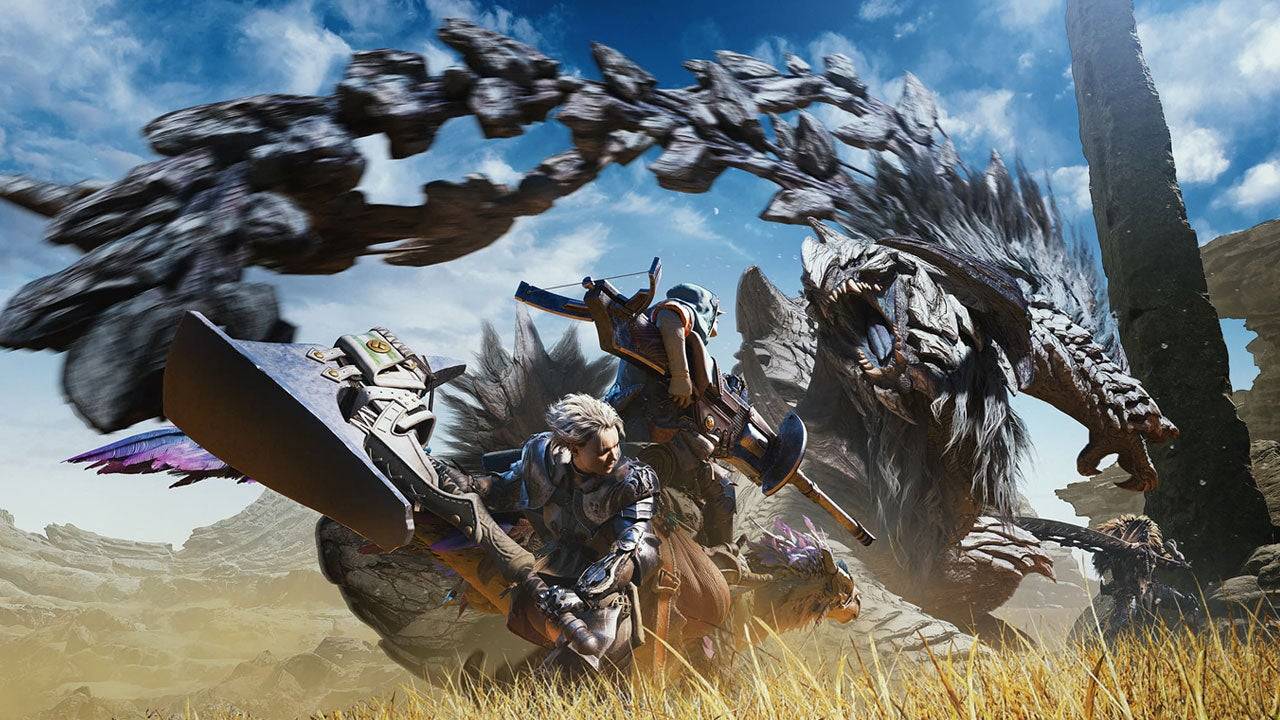
Around the time of Street Fighter 5's launch in 2016, Capcom underwent an internal reorganization to prepare for a new generation of games. These games were to run on the company's new RE Engine, replacing the aging MT Framework. This shift was about more than just new technology; it included a mandate to create games appealing not only to existing, region-specific fans but to a global audience.
"It was a combination of factors," says Hideaki Itsuno, a former game director at Capcom known for his work on Devil May Cry. "The change of the engine and a clear goal set for all teams to make games that reach the global market. Games that are fun for everyone."
During the PS3 and Xbox 360 era, Capcom's attempts to capture the Western market were evident in games like the action-heavy Resident Evil 4, which was a hit, and less successful ventures like Umbrella Corps and the Lost Planet series. After several years, Capcom recognized the need to create universally appealing games, not just those tailored to Western genres.
"I think that we had that clear goal of focusing and not holding anything back," Itsuno states. "Towards making good games that would reach people from all over the world."
Itsuno highlights that the period leading up to 2017 was crucial. "The changes in organization and the engine, all these elements came together around that time," he explains. Resident Evil 7's launch in 2017 marked the beginning of a Capcom renaissance.
No other series better exemplifies Capcom's new goal for global success than Monster Hunter. While it had dedicated fans in the West, the series was significantly more popular in Japan. This wasn't due to a deliberate strategy to focus solely on Japan, but rather due to real-world factors.
The transition from PlayStation 2 to the PSP with Monster Hunter Freedom Unite was a pivotal moment. The handheld gaming market was much stronger in Japan, as evidenced by the success of the PSP, Nintendo's DS, and later the Switch. According to Ryozo Tsujimoto, the series' executive producer, the key to Monster Hunter's success in Japan was the country's advanced wireless internet network, which allowed players to reliably play with friends.
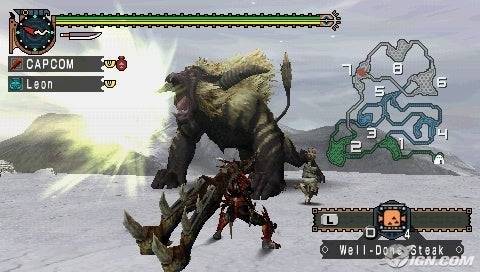
"Twenty years ago, Japan had a very solid network environment, allowing people to connect and play online together," Tsujimoto says. "By moving to handheld systems, we expanded our player base that was interacting and playing multiplayer together."
Monster Hunter, built on cooperative play, thrived on the ability for friends to quickly join hunts. Japan's advanced internet made the series initially more suited to the local market, although this wasn't an intentional strategy. This created a feedback loop where Monster Hunter became a best-seller in Japan, prompting Capcom to release Japan-only content and events, further reinforcing its domestic focus.
Despite this, Monster Hunter had a dedicated Western fanbase, envious of the exclusive content available to Japanese players. As Western internet infrastructure improved and online play became standard, Tsujimoto and the team saw an opportunity to launch a more globally accessible Monster Hunter game.
Released in 2018 on PlayStation 4, Xbox One, and PC, Monster Hunter: World marked a significant shift for the franchise. It offered large-scale, AAA console-quality action with enhanced graphics, larger areas, and bigger monsters, moving away from the limitations of handheld consoles.
"Our approach to globalizing the series and Monster Hunter in general ties into not only the themes we had when designing the game but also in the name itself," Tsujimoto reveals. "Calling it Monster Hunter: World was a nod to our desire to appeal to a worldwide audience and introduce them to Monster Hunter for the first time."
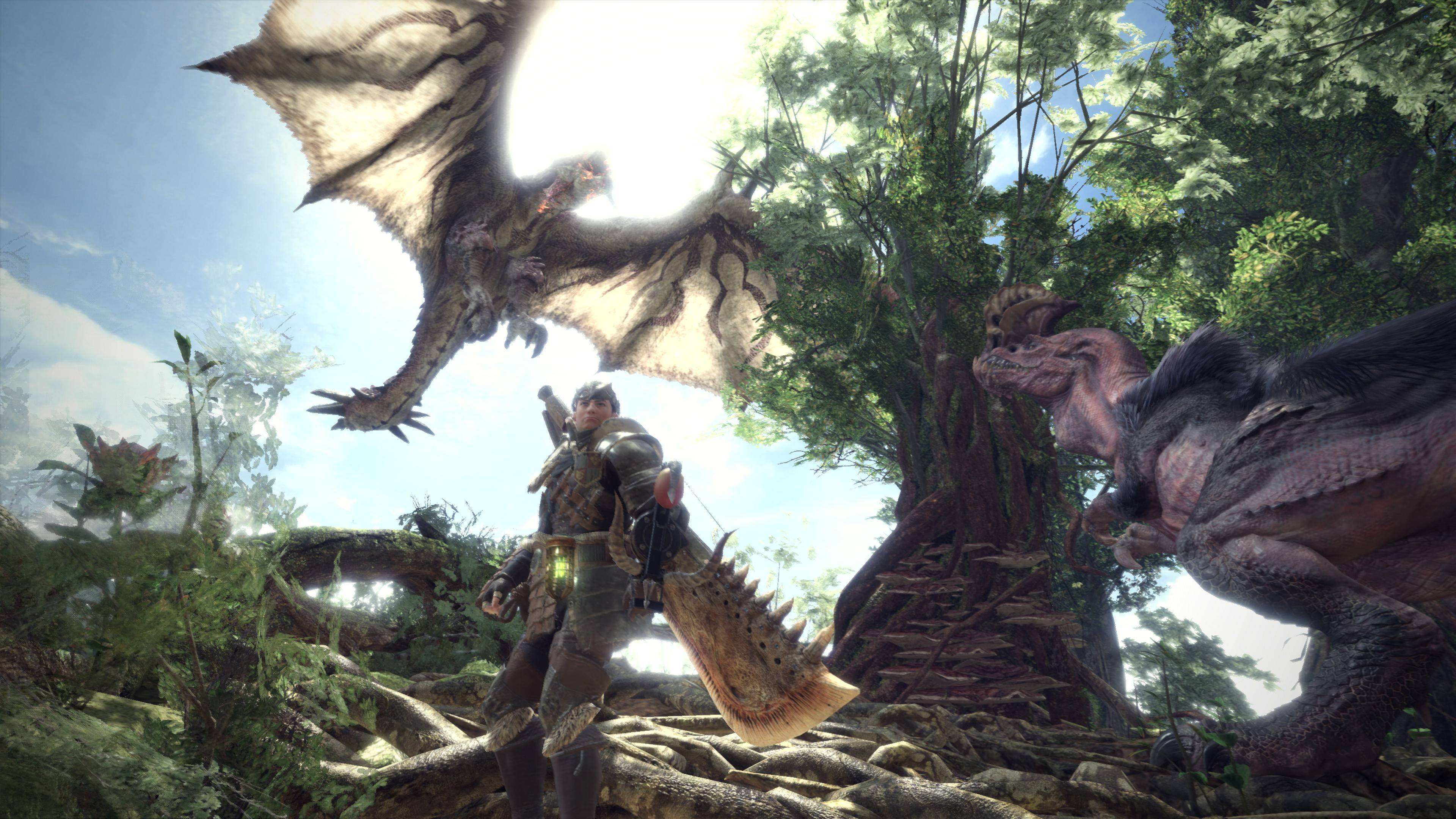
It was crucial for Monster Hunter: World to avoid favoring one market over another. The game was released simultaneously worldwide, without Japan-exclusive content, aligning with global standards. Tsujimoto and the team also conducted extensive global focus and user tests to refine the game's systems and enhance its global appeal.
"We did focus tests and user tests across the world, and the feedback and opinions we received significantly influenced our game design and contributed to its success as a global title," Tsujimoto explains.
One significant change resulting from these tests was the inclusion of visible damage numbers when players hit monsters. These tweaks to an already successful formula propelled Monster Hunter to unprecedented heights. While earlier Monster Hunter games typically sold between 1.3 and 5 million copies, Monster Hunter: World and Rise each sold over 20 million copies.
This player growth wasn't accidental. Rather than altering Monster Hunter's core to suit Western tastes, Tsujimoto and the team found ways to make the series' unique yet complex nature more accessible to a broader audience without compromising its essence. This approach continues with the latest installment, Monster Hunter Wilds.
"At its heart, Monster Hunter is an action game, and the sense of accomplishment from mastering that action is crucial," Tsujimoto says. "For newer players, it's about reaching that point. We analyze where players get stuck, what's hard to understand, and what they struggle with, using player feedback and our research to implement new systems in Wilds."
Within 35 minutes of its release, Monster Hunter Wilds achieved 738,000 concurrent players on Steam, more than doubling Monster Hunter: World's peak. With glowing reviews and promises of more content, Monster Hunter Wilds is poised to continue the series' mission to conquer the global gaming market.
- 1 STARSEED Update: Codes for January 2025 Released Feb 25,2025
- 2 Pokémon TCG Pocket: Wonder Pick Date, Time, and Promo Cards – February 2025 Mar 03,2025
- 3 How to Get All Ability Outfits in Infinity Nikki Feb 28,2025
- 4 Project Zomboid: All Admin Commands Jan 05,2025
- 5 Black Myth: Wukong Tops Steam Charts Days Before its Launch Jan 07,2025
- 6 Silent Hill f: first big trailer and details Mar 22,2025
- 7 Call of Duty Announces Black Ops 6 Updates Feb 08,2025
- 8 Ukrainian Internet Stalled as 'S.T.A.L.K.E.R. 2' Release Overwhelms Dec 30,2024
-
Budgeting & Investing: Your Guide to Financial Apps
A total of 9
-
Addictive Hypercasual Games for Quick Play
A total of 10
-
Best Role Playing Games for Android
A total of 10










